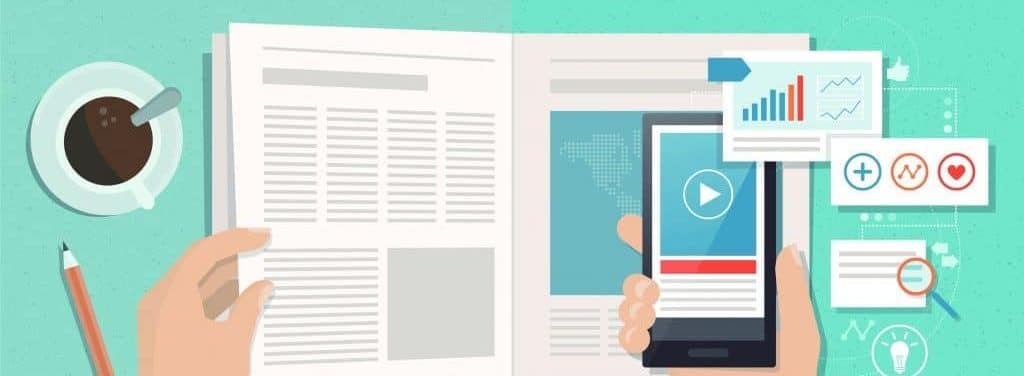We’ve identified the six key steps of the CX journey where brands can use content to market their products and services most effectively. At each stage, your audience will be looking for different information about your brand and your products. Do you have the right content that will answer their queries?
Here’s a guide to the content you should be creating at each stage of the marketing funnel.
Awareness
Industry Insight
Don’t focus on the specifics or USPs of your product in the content you create at this stage. Instead, look to develop content that shows expertise around your industry as a whole. This is an ideal way to not only build awareness of your brand but credibility, too.
Focus On Your Customer Persona Profiles
Identify the pain points your customer personas are likely to experience. You need to be able to trigger a ‘these guys get me and my issues’ response. Then provide the solutions to those key frustrations. But don’t feel at this stage you need to ‘sell’ your products as the only solution. This traditionally is a sweet spot for storytelling – get it right and the value to your brand is huge. There may be potential to encourage engagement at this stage too – perfect for future communication and data capture.
Consideration
Product And Services Information
We recommend a mix of three approaches at this marketing stage:
- Where brands are competing to sell similar products, a good way to differentiate is by demonstrating excellent service or more detailed product information.
- Provide comprehensive uses and applications of your products or services.
- Show examples of your products in action. Case studies might sound old-fashioned and dry but increasingly brands are finding innovative ways of telling these stories.
Product And Pain Point
Develop a series of content that relates the products to the identified audience needs. Whereas in the awareness stage, content works to build trust and realisation that your brand understands the customer, this stage introduces individual products. Targeted content will reinforce relevance, provide specialised support and refute buying objections. It will also be useful when retargeting for conversion and to encourage subsequent future purchases.
Conversion And Beyond
Purchase And Service Experience
Does your current experience deliver the brand expectation you have given your customers so far? At this stage, content needs to align with the experience your audience has received to date. If that is inferior, it could discourage them at the moment of purchase. Guides to make the right selection, with further product information, should be available but not mandatory on the path to purchase.
Post-Purchase
Asking for ratings is now expected but there is an argument that content can also play a valuable part in the customer’s perception of a product. For example, giving further (potentially unexpected) uses of the product will show value of purchase. Case studies that show success by peers can help also shape satisfaction levels, even if the personal experience of the product hasn’t been as expected. Reaching out and asking for advocacy (over and above ratings) can also be a successful means of retaining the customer.
Top Tip
Of course, with the right SEO and paid strategy, any of the above content is discoverable throughout the stages of the marketing funnel. Your content strategy needs to take this into consideration. As, if the content offering is disjointed, contradictory or misleading, it will discourage purchase. To prevent this, it is vital that the tone of voice, values, proposition and experience are all perfectly aligned across channels, devices and content type.


